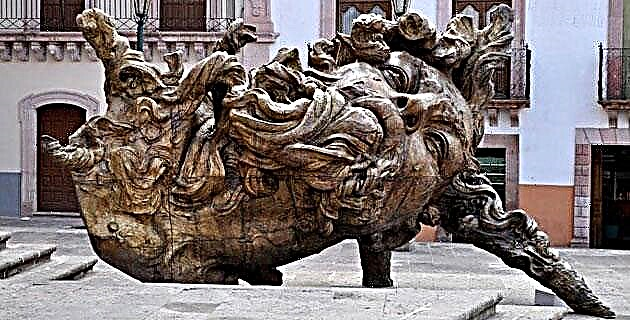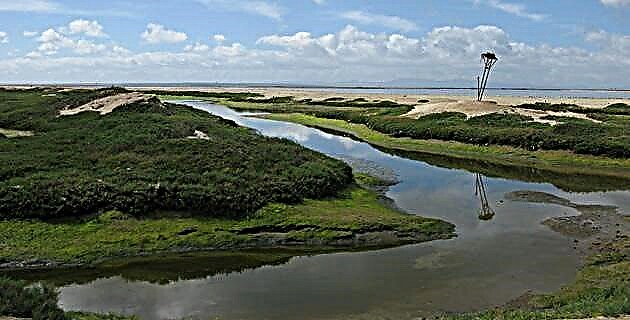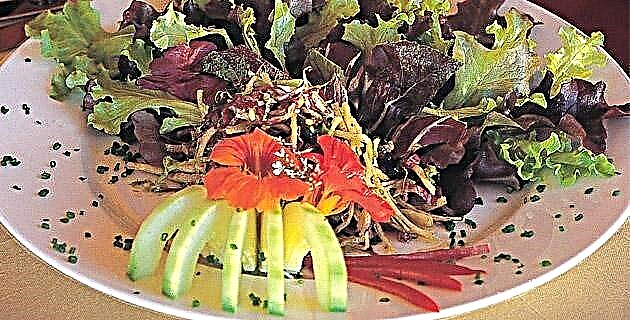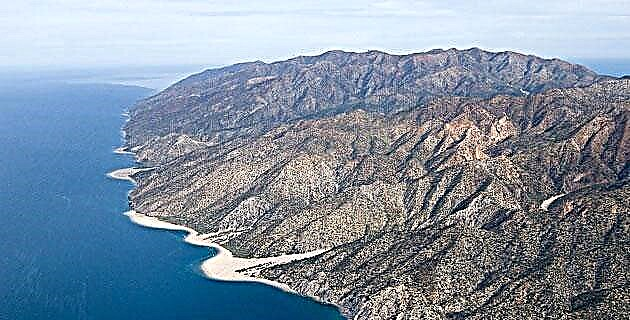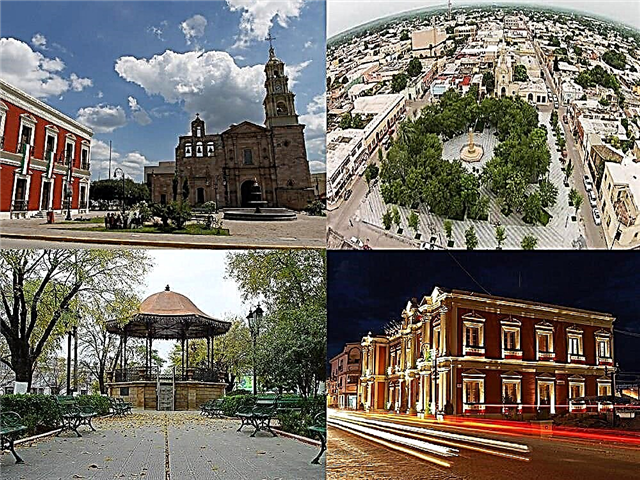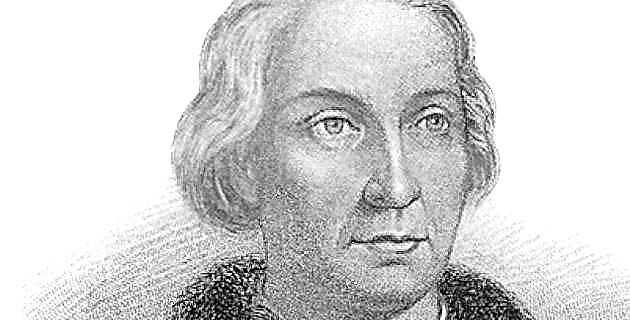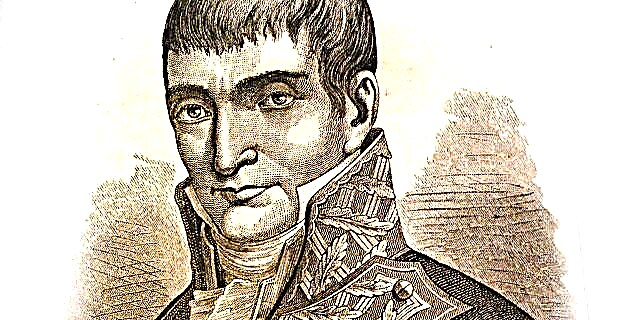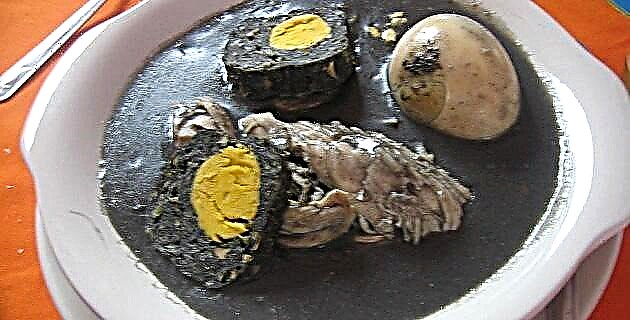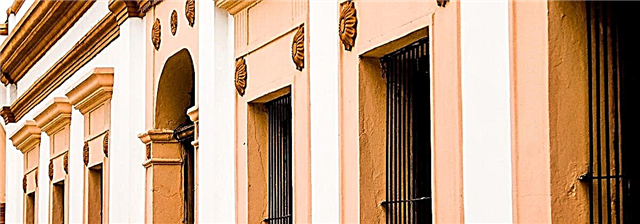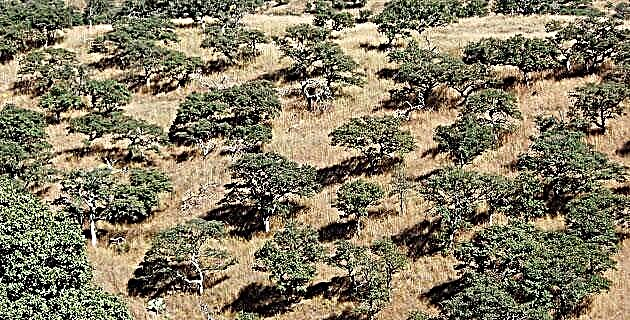
In the limits of Sonora and Chihuahua, where the mountain landscape barely reveals the trace of men, the low pimas, descendants of the indigenous group that formerly occupied a large irregular territory, live in small communities, from southern Sonora to the Gila River. During the process of conquest and colonization, they were separated from their brothers, who found their refuge in the desert.
The isolation in which these communities have lived is very great; however, in 1991 Father David José Beaumont came to live with them, who after getting to know them and learning their way of life, managed to gain their trust.
Father David settled in Yécora, Sonora, and from there he visited the towns of Los Pilares, El Kipor, Los Encinos and La Dura house to house. People were sharing with him their customs, their history, their time, their food; and it was in this way that he was able to realize that part of his traditions and beliefs had been lost.
At that time he went to visit the Yaquis and Mayos of Sonora and the Pimas of Chihuahua to learn about their customs and thus be able to help the Pimas of Maycoba and Yécora to rescue theirs. The Pimas themselves told the father that they had dances, songs, ceremonies, rites, which they no longer remembered. So he formed an indigenous pastoral team to search for all those who kept events from the past in their memory, and they went after the legends that would show the way to start over and rescue their already forgotten culture.
From the figures represented in the caves that exist in the surroundings, in which the deer appears repeatedly, the same elders associated these images with a dance that they claim was practiced among their ancestors. Now, Pima women are bringing the Venado Dance to their indigenous ceremonial center as something very special.
THE CHURCH OF SAN FRANCISCO DE BORJA DE MAYCOBA
The ancient church of Maycoba was founded with the name of San Francisco de Borja in 1676. Its first missionaries were Jesuits. They, in addition to their evangelizing work in the region, introduced livestock and various crops, and taught agricultural techniques to the Pima people.
Around 1690 there was a rebellion of the Tarahumara against the Spanish; They burned the churches of Maycoba and Yécora and destroyed them in just two weeks. It is not known if they were rebuilt or if they were left in ruins, since the adobe walls were so thick that they were not completely destroyed. The less damaged part continued to be used by the Jesuit fathers until 1767, when they were expelled from New Spain and the Pima missions passed into the hands of the Franciscans.
RECONSTRUCTION OF THE NEW CHURCH
Since Father David arrived in Maycoba, what the Pimas asked him most was to rebuild the church. To carry out this project, he had to travel several times to seek financial help from the Federal Electricity Commission, INI, INAH, Popular Cultures and authorities of the Catholic Church, as well as to obtain the building permit and for the architects to come to see it.
The old church was built by the hands of the Pimas in 1676; the adobes were made by themselves. Hence, Father David managed to have it rebuilt by the current pimas. About 5 thousand adobes were made like the previous ones with the same process of yesteryear, to build a first part of the sanctuary. The original shape of the foundation was taken and from there the reconstruction was followed: equal size and thickness of the walls of about two meters wide, with a height of three and a half meters. The effort of these Pimas as masons was intense, especially because they wanted their church back in this century, where much of their traditions were on the verge of extinction.
OLD PIMAS CAVES
There are about 40 caves throughout the region between Yécora and Maycoba, where the Pimas used to live in times past; there they made their prayers and their rituals. There are still families that inhabit them. Remains of bones, pots, metates, guaris (mats), and other domestic objects have been discovered in them; also very old burials, such as the one at Los Pilares, where a large family lived.
There are huge caves, as well as small ones, where only one body can fit. They are all sacred, because they preserve their past. We visit three of them: the Cueva de la Pinta, where there are cave paintings. It is reached by the road from Yécora to Maycoba at 20 km, you enter through Las Víboras to the left (by dirt road), then you pass through the ranches of La Cebadilla, Los Horcones (30 minutes, about 8 km); When we got to the Los Lajeros ranch, we left the car and walked for an hour, among hills, planes and precipitous descents. The next day we toured two more caves at Las Playits ranch: walking one kilometer we found the remains of a very old pima and from there we went to another farm where Manuel and his wife Bertha Campa Revilla live, who served us as guides. We walk flat and down cliffs, we find a small dam made by them for cattle, where a good swim is craving. As it is difficult to get to the caves and a guide is needed, it is good to point out that Manuel and Bertha have a restaurant on the Mulatos River, 26 km from Yécora towards Maycoba; They are always there, with their delicious food: machaca, flour tortillas, Sonoran beans, fresh cheese and cheese from the Chihuahua region, and the typical drink called bacanora.
TREE FALLING IN THE MAYCOBA AND YÉCORA REGION
Since the felling of pines in this region began (we are talking about many years ago), this problem has been noticed in the hills and even in the lives of mestizos and indigenous people, since the forest is the life of the Pimas. Now the pines are over and they are continuing with a very precious tree in this region which is the oak, of great size and extraordinary beauty. If the logging continues, the oaks will end as well as the pines, and we will only see desert mountains and the extinction of mammals, birds and insects. If these last trees are destroyed, the future of the Pima people is in danger; they will be forced to migrate to the big cities to find employment.
PIMA LEGEND ON THE CREATION OF THE WORLD
God first made people very strong and great, but these people ignored God. Then God punished them with water (the flood) and they were finished. Then God made them again and the people ignored them again; then God sent the Sun to come down to earth. Legend has it that when the sun went down the people went to hide in the caves to protect themselves from being burned to death. Hence the existence of bones in caves. Then the people did again, who are the current Pimas, but they say that as the world is going the same thing will happen: the Sun will go down and burn everything.
IF YOU GO TO YÉCORA
Leaving Hermosillo, towards the east, towards Cuauhtémoc (Chihuahua), by the federal highway no. 16, you pass through La Colorada, San José de Pimas, Tecoripa, Tonichi, Santa Rosa and Yécora (280 km). From Yécora to Maycoba there are 51 km more on the same road; It takes 4 hours from Hermosillo to Yécora and 1 hour from Yécora to Maycoba.

